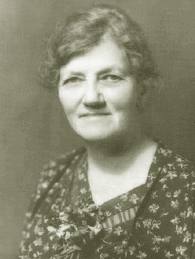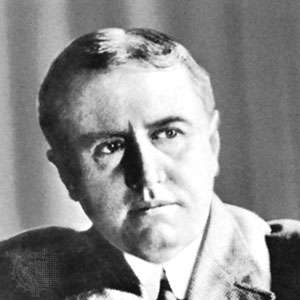We have decided to create the most comprehensive English Summary that will help students with learning and understanding.
Taros Reward Summary Class 6 English Honeysuckle
Taros Reward Summary in English
Taro was a young woodcutter. He lived with his parents on a lonely hillside. Though he worked very hard, he earned veiy little money. So the family was very poor.
One evening Taro and his parents were sitting in their hut. A cold strong wind was blowing. Taro’s father wished he had a cup of sake to warm him. Taro could not buy that expensive drink for his old father. He became veiy sad. He decided to work harder than before.
Next morning he went to the forest early. He felt tired working by noon. His mouth was dry. He felt thirsty. Suddenly he heard the sound of rushing water. He had never seen a stream there before. He ran to the waterfall behind a rock. He put the water to his lips. It tasted like sake.
Taro quickly filled his pitcher with that water. At home the old father found the liquid tasty as well as heart warming. He began to dance. He offered a cup of sake to an old lady and also told her the story of that magic waterfall. She spread the news in the village.
So many villagers took a sip of the sake. Next morning they went to that waterfall with jars and pitchers. But they were disappointed. To them the water tasted like ordinary cold water. They cursed Taro and looked for him to punish him. But Taro saved his life cleverly.
The story of Taro and his magic waterfall reached the Emperor of Japan. He called Taro and rewarded him for his goodness and his service to his old parents. He named the city’s best fountain after Taro. He wanted all children to respect and obey their parents.
Taros Reward Summary in Hindi
टैरो एक युवा लकड़हारा था। वह अपने माता-पिता के साथ पहाड़ी की वीरान तलहटी में रहता था। यद्यपि वह काफी कठिन परिश्रम करता था, फिर भी उसकी आय बहुत कम थी। इस कारण परिवार बहुत निर्धन था।
एक शाम टैरो अपने माता-पिता के साथ झोंपड़ी के अन्दर बैठा था। बर्फीली हवा चल रही थी। टैरो के पिता ने एक प्याला ‘सेक (एक प्रकार की पौष्टिक महँगी पेय)’ पीने की इच्छा जाहिर की ताकि उसके शरीर में गर्मी आ जाए। टैरो अपने वृद्ध पिता के लिये ऐसी महँगी द्रव खरीद पाने में असमर्थ था। वह बहुत उदास हो गया। उसने सोच लिया कि अब वह पहले से अधिक परिश्रम करेगा।
अगली प्रात: वह तड़के ही जंगल की ओर चल दिया। दोपहर तक काम करते-करते वह थक गया। उसका मुँह सूखने लगा। अचानक उसे बहते जल की कलकल सुनाई दी। उसने पहले कभी वहाँ किसी झरने को नहीं देखा था। वह चट्टान के पीछे चल रहे झरने तक दौड़कर गया। उसने पानी मुँह में डाला। उसका स्वाद तो सेक जैसा था।
टैरो ने शीघ्रता से अपना घड़ा उस पानी से भर लिया। घर पर वृद्ध पिता को वह तरल द्रव बहुत स्वादिष्ट तथा हृदय को उष्णता देने वाला लगा। वह नाचने-कूदने लगा। उसने सेक का एक प्याला एक बूढ़ी महिला को दिया। उसने उस जादुई झरने की कहानी भी उसे सुनाई। महिला ने यह समाचार गाँव में फैला दिया।
इसलिए, बड़ी संख्या में गाँववालों ने सेक को चखा। अगली प्रात: वे उस झरने पर अपने-अपने घड़े आदि लेकर पहुँच गये। पर उन्हें निराश होना पड़ा। उनके लिये पानी का स्वाद साधारण ठण्डे जल जैसा ही था। उन्होंने टैरो को बुरा-भला कहा और उसे दण्ड देने हेतु खोजा। पर टैरो ने अपनी जान चतुराई से बचा ली।
टैरो और उसके मायावी झरने का समाचार जापान के सम्राट के कानों तक पहुँचा। उसने टैरो को बुला भेजा और उसके सद्गुणों तथा अपने वृद्ध माता-पिता की सेवा करने के लिए उसे पुरस्कार दिया। सम्राट ने नगर के सर्वश्रेष्ठ झरने का नाम टैरो रख दिया। वह चाहते थे कि सभी बच्चे अपने माता-पिता का आदर करें तथा उनकी आज्ञा का पालन करें।



